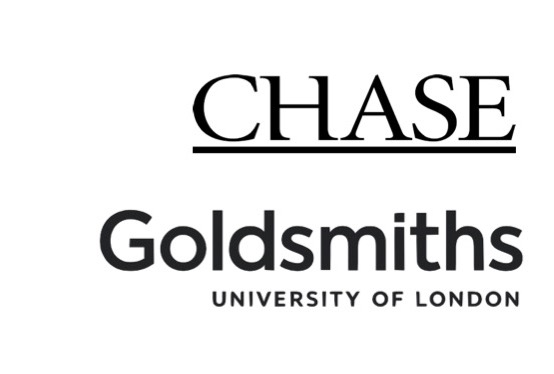Session 8: 13/12/21
6-8pm UK Time
Presenters: Christopher Clack, Jorella Andrews, Nathalia Bell, Pavlína Kašparová
Christopher Clack
Bio
Christopher Clack is a London based visual artist. He studied painting at Camberwell School of Art in the late 70s, followed by an MA in Painting at the RCA in the early 80s. He has been a part-time lecturer in adult education, and on various arts courses and projects, working mainly with children and teenagers. He also worked for 10 years as a residential caretaker in social housing. He currently runs a small business producing digital prints for artists and photographers. Christopher has no formal religious background; his mother was an Irish Catholic, so religious imagery was part of extended family life, but for him church attendance was never part of this.
Presentation
Christopher will show work stretching over a period of years with an emphasis on the image of the cross and showing rather than telling. He will discuss how the relationship with religion entered his artwork, how it started with the cross, and in what way the nature of the artmaking process has informed his view of religion.
Instagram: @christopherclack
Facebook: christopher.clack
https://www.artlyst.com/features/christopher-clack-connecting-material-immaterial-interview-revd-jonathan-evens/
Jorella Andrews
Bio
Dr Jorella Andrews is a Reader in the Visual Cultures department, Goldsmiths, University of London. Having trained as a fine artist, worked in video production, and then re-trained as an art theorist, her work focuses on the relations between philosophical inquiry, the image-world, and art practice, with a particular emphasis on phenomenology and the work of Maurice Merleau-Ponty. Her key publications on this topic are Showing Off: A Philosophy of Image (2014) and The Question of Painting: Rethinking Thought with Merleau-Ponty (2018) both Bloomsbury. She is researching a third book, How to Turn Around Trouble: Aesthetic Strategies for Situational Change, which combines theoretical writing with findings from community-based projects conducted in south-east London, where she lives and works. Jorella has also written two art books aimed at non-academic audiences, This is Cézanne (2015) with Patrick Vale and This is Rembrandt (2016) with Nick Higgins. She edits the Visual Cultures as… series (Sternberg Press/MIT) of which the most recently published title is Visual Cultures as Time Travel (2021) by Henriette Gunkel and Ayesha Hameed. Jorella is a Trustee of the Association for Art History and Chair of Trustees for Albion Millennium Green, a public green space.
Presentation
His Artistry; His Imagery: Visuality, spiritual formation, intercession: this presentation, which is in part also a visual workshop, focuses on forms of spiritual formation and intercession that are grounded not only in the written or spoken Word of God (scripture) but, more expansively, also in the Word made Flesh, here and now: the embodied word, especially in its visual and material forms. Taking initial inspiration from ‘Paint the Heart’ an image by the 17th-century Italian engraver, author and illustrator Alberto Ronco found in his Fortezza reale del cuore humano (True Fortress of the Human Heart) of 1628, we reflect on the idea of our hearts as Christ’s studio, and consider the images He has been creating, and continues to create, therein. We also draw on insights from John Main’s book Word into Silence (1980/2017) notably his reflections on St Augustine’s claim that “Our whole business in this life is to restore to health the eye of the heart whereby God may be seen' (Serm. de Script, NT, 88 v 5).” Main continues: “This eye is our spirit. Our first task, in the realization of our own vocation and in the expansion of the kingdom among our contemporaries, is to find our own spirit because this is our life-line with the Spirit of God. In doing so, we come to realise that we participate in the divine progression and that we share the dynamic essence of God's still point: harmony, light, joy and love.” (Main, 28.)
Nathalia Bell
Bio
Nathalia Bell is a Canadian-German film artist and writer, based in London. Her film work has featured in festivals and venues such as at the Imperial War Museum and the BFI. She completed an MA in Experimental Film at Kingston School of Art in 2017. Her art practice and poetic essay films reflect a Walter Benjamin-like constellation style that brings fringe figures and interdisciplinary matter into dialogue, informed by her academic background in literature, philosophy and theology. Her upcoming journal article ‘Negative Apotheosis: Georges Bataille and the Semiotics of Sacrifice’ will feature in the Morphē Arts Stand-In Journal. She currently studies at King’s College London, completing an MA in Christianity & the Arts, and she plans in the future to do a research-based art practice MPhil for the Ziggurettes project at the University of Glasgow with supervisor, Dr. Azadeh Emadi. Other interests include championing environmentally ethical farming and agroecological practices.
Presentation
This presentation will feature Nathalia’s work-in-progress project Ziggurettes, an overlap of the word cigarette and ziggurat. With found-film footage editing, the inhalation and exhalation in the act of smoking is playfully paralleled to a ruminative existential act, whereby humans attempt to mimic a type of divine breathing and contraction, the Kabbalistic tsimtsum, in which God contracts himself in order to create the material world. Taking the mundane act of smoking as a playful or a problematic starting-point, the project explores theories of breathing as embodying both immanence / transcendence. Luce Irigaray, in The Forgetting of Air in Martin Heidegger, which explores how breathing and air have traditionally been overlooked in Western philosophy, describes breathing as a “first autonomous gesture of being”. This project likewise explores breathing / smoking as an impetus for existential reflection, an attempt at creation, and an affirmation of being. With mindfulness breathing, a traditionally Buddhist meditation, as a counter-reference, smoking might be considered Western culture’s closest manifestation of intentional breathing. The project also explores cinema’s contentious relationship with the portrayal of smoking, where smoke animates both the still photographic image and the negative spaces in cinematic narratives where the characters or actors supposedly need something to do. These smoke trails, furthermore, evoke Francis Bacon’s statement about “the trail[s] of the human presence… as the snail leaves its slime” in his paintings. As indicated by the word 'ziggurat', bringing to mind the numinous smoke in religious temple practice, the film-essay oscillates between religious phenomena, such as burnt offerings, and the smoke cloud ‘offerings’ from cigarettes.
nathaliabell.com
Instagram: @nathalia.bell
Pavlína Kašparová
Bio
Pavlína currently works as an independent artist and mentor and a final year PhD candidate at Anglia Ruskin University and Cambridge Theological Federation in Cambridge, UK. She prefers working with video, photography, and light installations. She does not consider herself a ‘one-technique artist; instead, she searches for the most suitable techniques to express ideas. Among her last video projects, there are, for example, Ora Pro Nobis shown in Jablonné v Podještědí, the Czech Republic, in May 2019 and The Women of the Book presented in Cambridge in October 2021.
Presentation
Art as a Living Theology
Pavlína will introduce her doctoral research in theology and fine art, which aims to introduce artistic practice as a constitutive method for the discipline of theology. The study's title, Art as a Living Theology, refers to a theological approach that she has designed by combining artistic practice and theological reflection, resulting in a new method called theological visualisation.
For her, art practice does not only serve as a personal expression of faith or a visual language complementary to the verbal one, but it is an attempt to act responsibly towards the commandment to "read the signs of the times" (Mat 16:2-3; GS, art. 4), which she understands as necessary for human development – a mutual journey of humanity towards its fulness. Therefore, it is rather one's vocation to be recognised, acknowledged and used.
www.creativenun.com
Instagram: @pavlina.marie.art
6-8pm UK Time
Presenters: Christopher Clack, Jorella Andrews, Nathalia Bell, Pavlína Kašparová
Christopher Clack
Bio
Christopher Clack is a London based visual artist. He studied painting at Camberwell School of Art in the late 70s, followed by an MA in Painting at the RCA in the early 80s. He has been a part-time lecturer in adult education, and on various arts courses and projects, working mainly with children and teenagers. He also worked for 10 years as a residential caretaker in social housing. He currently runs a small business producing digital prints for artists and photographers. Christopher has no formal religious background; his mother was an Irish Catholic, so religious imagery was part of extended family life, but for him church attendance was never part of this.
Presentation
Christopher will show work stretching over a period of years with an emphasis on the image of the cross and showing rather than telling. He will discuss how the relationship with religion entered his artwork, how it started with the cross, and in what way the nature of the artmaking process has informed his view of religion.
Instagram: @christopherclack
Facebook: christopher.clack
https://www.artlyst.com/features/christopher-clack-connecting-material-immaterial-interview-revd-jonathan-evens/
Jorella Andrews
Bio
Dr Jorella Andrews is a Reader in the Visual Cultures department, Goldsmiths, University of London. Having trained as a fine artist, worked in video production, and then re-trained as an art theorist, her work focuses on the relations between philosophical inquiry, the image-world, and art practice, with a particular emphasis on phenomenology and the work of Maurice Merleau-Ponty. Her key publications on this topic are Showing Off: A Philosophy of Image (2014) and The Question of Painting: Rethinking Thought with Merleau-Ponty (2018) both Bloomsbury. She is researching a third book, How to Turn Around Trouble: Aesthetic Strategies for Situational Change, which combines theoretical writing with findings from community-based projects conducted in south-east London, where she lives and works. Jorella has also written two art books aimed at non-academic audiences, This is Cézanne (2015) with Patrick Vale and This is Rembrandt (2016) with Nick Higgins. She edits the Visual Cultures as… series (Sternberg Press/MIT) of which the most recently published title is Visual Cultures as Time Travel (2021) by Henriette Gunkel and Ayesha Hameed. Jorella is a Trustee of the Association for Art History and Chair of Trustees for Albion Millennium Green, a public green space.
Presentation
His Artistry; His Imagery: Visuality, spiritual formation, intercession: this presentation, which is in part also a visual workshop, focuses on forms of spiritual formation and intercession that are grounded not only in the written or spoken Word of God (scripture) but, more expansively, also in the Word made Flesh, here and now: the embodied word, especially in its visual and material forms. Taking initial inspiration from ‘Paint the Heart’ an image by the 17th-century Italian engraver, author and illustrator Alberto Ronco found in his Fortezza reale del cuore humano (True Fortress of the Human Heart) of 1628, we reflect on the idea of our hearts as Christ’s studio, and consider the images He has been creating, and continues to create, therein. We also draw on insights from John Main’s book Word into Silence (1980/2017) notably his reflections on St Augustine’s claim that “Our whole business in this life is to restore to health the eye of the heart whereby God may be seen' (Serm. de Script, NT, 88 v 5).” Main continues: “This eye is our spirit. Our first task, in the realization of our own vocation and in the expansion of the kingdom among our contemporaries, is to find our own spirit because this is our life-line with the Spirit of God. In doing so, we come to realise that we participate in the divine progression and that we share the dynamic essence of God's still point: harmony, light, joy and love.” (Main, 28.)
Nathalia Bell
Bio
Nathalia Bell is a Canadian-German film artist and writer, based in London. Her film work has featured in festivals and venues such as at the Imperial War Museum and the BFI. She completed an MA in Experimental Film at Kingston School of Art in 2017. Her art practice and poetic essay films reflect a Walter Benjamin-like constellation style that brings fringe figures and interdisciplinary matter into dialogue, informed by her academic background in literature, philosophy and theology. Her upcoming journal article ‘Negative Apotheosis: Georges Bataille and the Semiotics of Sacrifice’ will feature in the Morphē Arts Stand-In Journal. She currently studies at King’s College London, completing an MA in Christianity & the Arts, and she plans in the future to do a research-based art practice MPhil for the Ziggurettes project at the University of Glasgow with supervisor, Dr. Azadeh Emadi. Other interests include championing environmentally ethical farming and agroecological practices.
Presentation
This presentation will feature Nathalia’s work-in-progress project Ziggurettes, an overlap of the word cigarette and ziggurat. With found-film footage editing, the inhalation and exhalation in the act of smoking is playfully paralleled to a ruminative existential act, whereby humans attempt to mimic a type of divine breathing and contraction, the Kabbalistic tsimtsum, in which God contracts himself in order to create the material world. Taking the mundane act of smoking as a playful or a problematic starting-point, the project explores theories of breathing as embodying both immanence / transcendence. Luce Irigaray, in The Forgetting of Air in Martin Heidegger, which explores how breathing and air have traditionally been overlooked in Western philosophy, describes breathing as a “first autonomous gesture of being”. This project likewise explores breathing / smoking as an impetus for existential reflection, an attempt at creation, and an affirmation of being. With mindfulness breathing, a traditionally Buddhist meditation, as a counter-reference, smoking might be considered Western culture’s closest manifestation of intentional breathing. The project also explores cinema’s contentious relationship with the portrayal of smoking, where smoke animates both the still photographic image and the negative spaces in cinematic narratives where the characters or actors supposedly need something to do. These smoke trails, furthermore, evoke Francis Bacon’s statement about “the trail[s] of the human presence… as the snail leaves its slime” in his paintings. As indicated by the word 'ziggurat', bringing to mind the numinous smoke in religious temple practice, the film-essay oscillates between religious phenomena, such as burnt offerings, and the smoke cloud ‘offerings’ from cigarettes.
nathaliabell.com
Instagram: @nathalia.bell
Pavlína Kašparová
Bio
Pavlína currently works as an independent artist and mentor and a final year PhD candidate at Anglia Ruskin University and Cambridge Theological Federation in Cambridge, UK. She prefers working with video, photography, and light installations. She does not consider herself a ‘one-technique artist; instead, she searches for the most suitable techniques to express ideas. Among her last video projects, there are, for example, Ora Pro Nobis shown in Jablonné v Podještědí, the Czech Republic, in May 2019 and The Women of the Book presented in Cambridge in October 2021.
Presentation
Art as a Living Theology
Pavlína will introduce her doctoral research in theology and fine art, which aims to introduce artistic practice as a constitutive method for the discipline of theology. The study's title, Art as a Living Theology, refers to a theological approach that she has designed by combining artistic practice and theological reflection, resulting in a new method called theological visualisation.
For her, art practice does not only serve as a personal expression of faith or a visual language complementary to the verbal one, but it is an attempt to act responsibly towards the commandment to "read the signs of the times" (Mat 16:2-3; GS, art. 4), which she understands as necessary for human development – a mutual journey of humanity towards its fulness. Therefore, it is rather one's vocation to be recognised, acknowledged and used.
www.creativenun.com
Instagram: @pavlina.marie.art
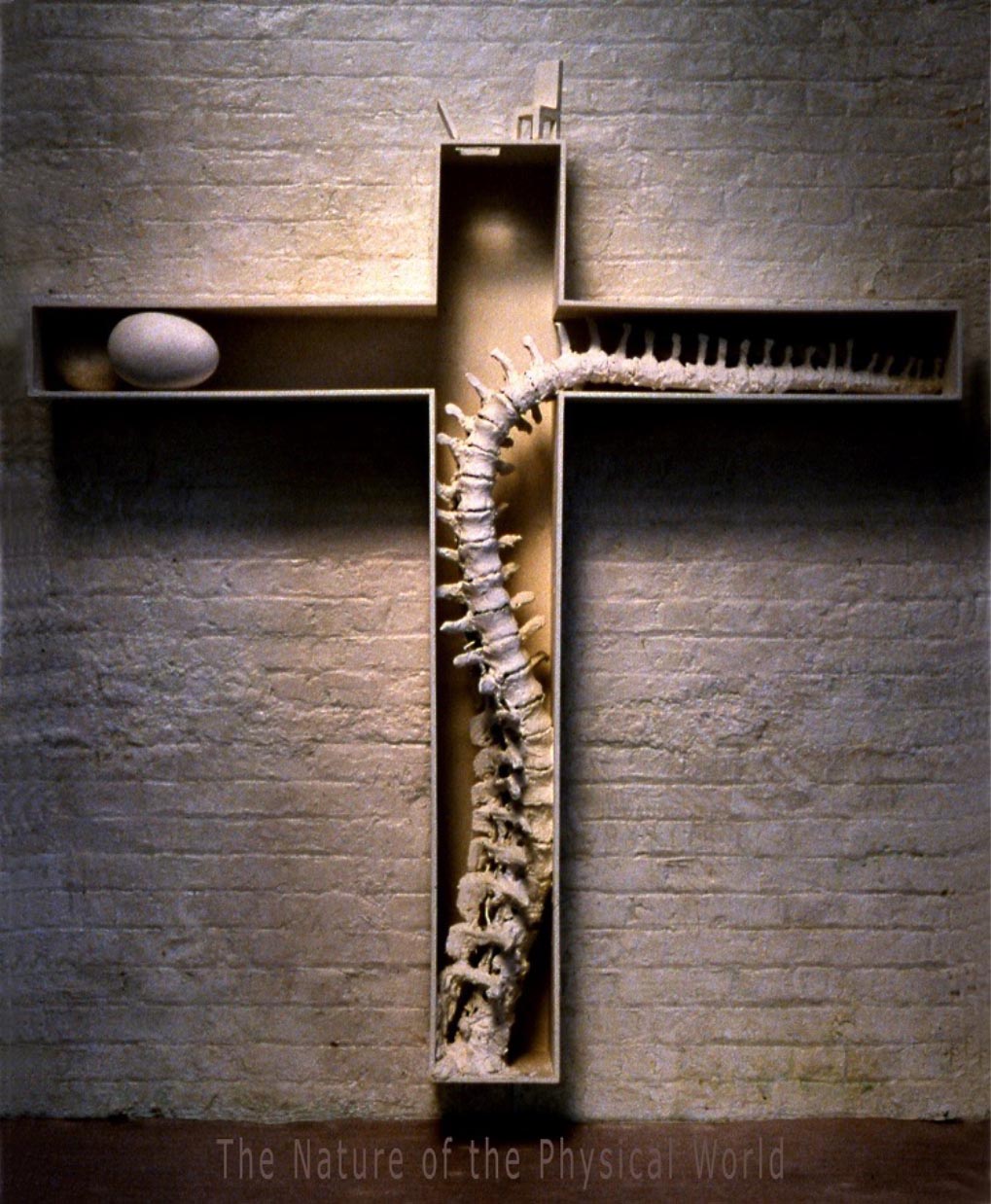
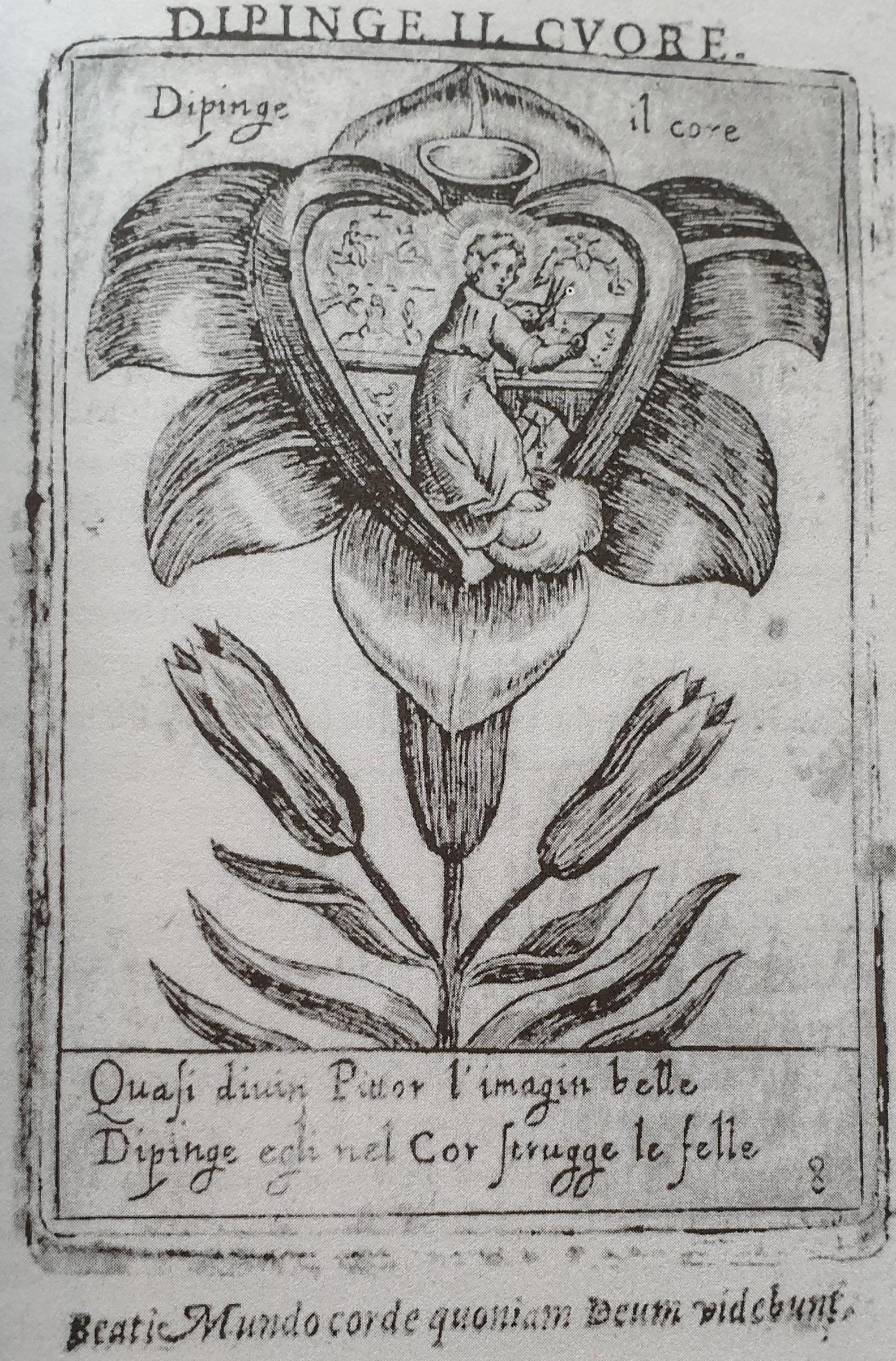
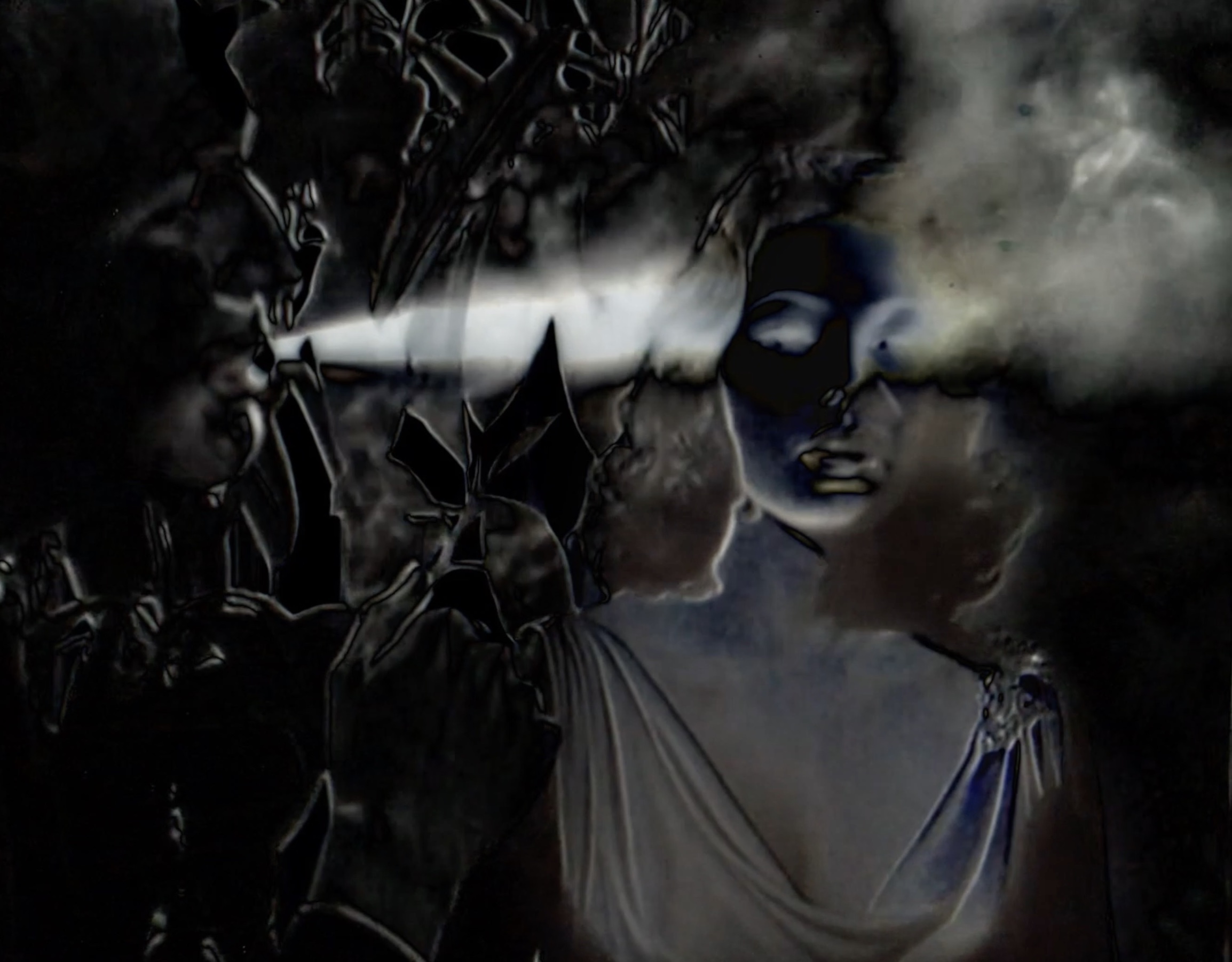
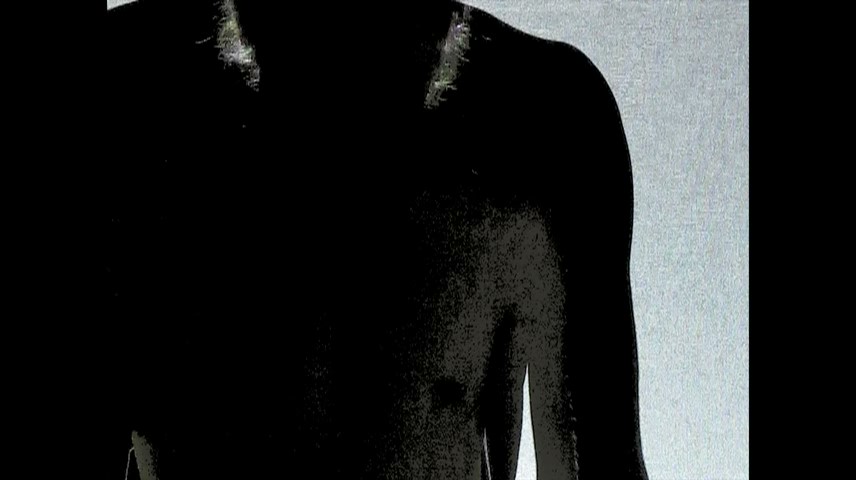
Top
Christopher Clack
The Nature of the Physical World
(wall sculpture)
Upper Middle
Jorella Andrews
Paint the Heart
(image by 17th-century Italian engraver, author and illustrator Alberto Ronco)
Lower Middle
Nathalia Bell
Ziggurettes
(video still)
Bottom
Pavlína Kašparová
The Easter Story
(video still)
